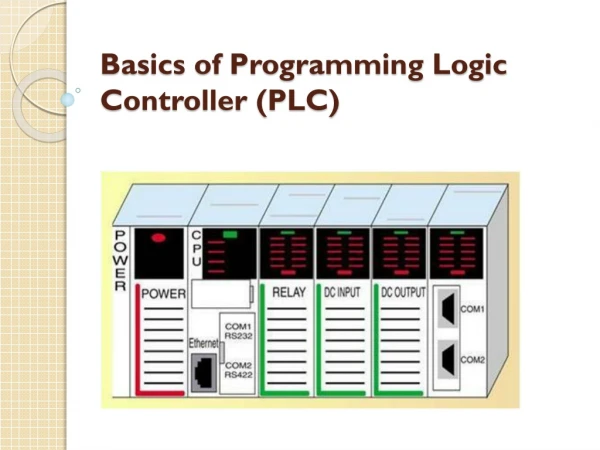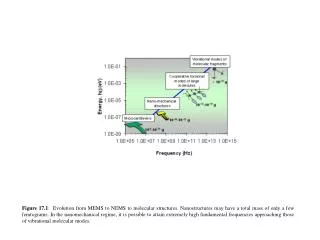Basics of Programmable Logic Control (PLC)
PLC stands for Programmable Logic Controllers. They are basically used to control automated systems in industries. They are one of the most advanced and simplest forms of control systems which are now replacing hard wired logic relays at a large scale. PLC Architecture ? Input/ Output Section: The input section or input module consists of devices like sensors, switches and many other real world input sources. The input from the sources is connected to the PLC through the input connector rails. The output section or output module can be a motor or a solenoid or a lamp or a heater, whose functioning is controlled by varying the input signals. ? CPU or Central Processing Unit: It is the brain of the PLC. It can be a hexagonal or an octal microprocessor. It carries out all the processing related to the input signals in order to control the output signals based on the control program. ? Programming Device: It is the platform where the program or the control logic is written. It can be a handheld device or a laptop or a computer itself. ? Power Supply: It generally works on a power supply of about 24 V, used to power input and output devices. ? Memory: The memory is divided into two parts- The data memory and the program memory. The program information or the control logic is stored in the user memory or the program memory from where the CPU fetches the program instructions. The input and output signals and the timer and counter signals are stored in the input and output external image memory respectively. Working of a PLC ? The input sources convert the real time analog electric signals to suitable digital electric signals and these signals are applied to the PLC through the connector rails. ? These input signals are stored in the PLC external image memory in locations known as bits. This is done by the CPU ? The control logic or the program instructions are written onto the programming device through symbols or through mnemonics and stored in the user memory. ? The CPU fetches these instructions from the user memory and executes the input signals by manipulating, computing, processing them to control the output devices. ? The execution results are then stored in the external image memory which controls the output drives. ? The CPU also keeps a check on the output signals and keeps updating the contents of the input image memory according to the changes in the output memory. ? The CPU also performs internal programming functioning like setting and resetting of the timer, checking the user memory. Applications of Programmable Logic Controller (PLC) The PLC can be used in industrial departments of all the developed countries in industries like chemical industry, automobile industry, steel industry and electricity industry. Based on the development of all these technologies, functionality and application, the scope of the PLC increases dramatically. Advantage of PLCs ? They are user friendly and easy to operate ? They eliminate the need for hard wired relay logic ? They are fast ? It is suitable for automation in industries. ? Its input and output modules can be extended depending upon the requirements Industrial automation has recently found more and more acceptance from various industries because of its huge benefits, such as, increased productivity, quality and safety at low costs.
★
★
★
★
★
196 views • 12 slides













